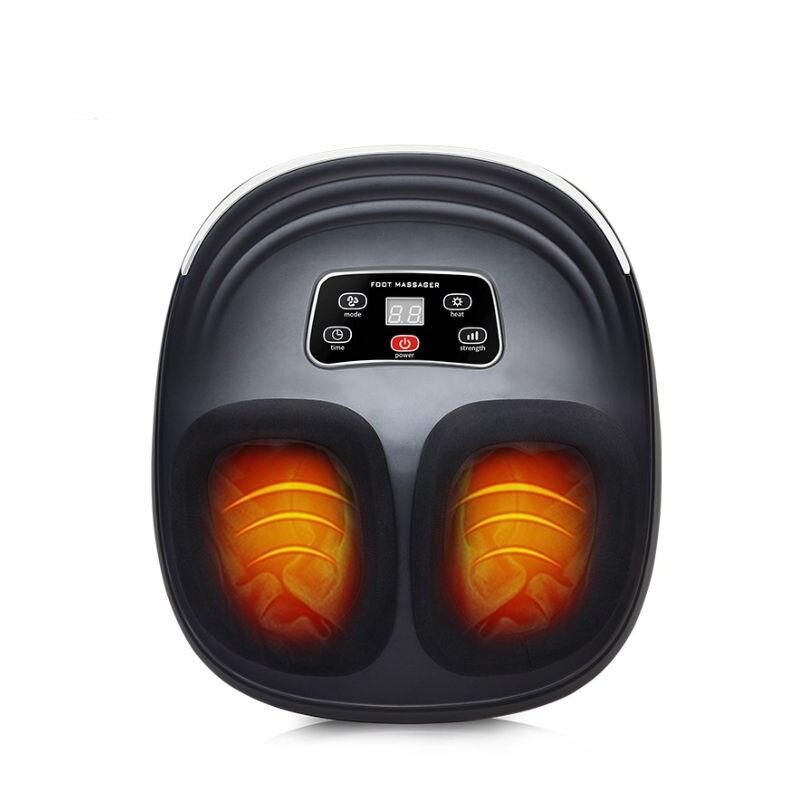Key Takeaways
- Laser therapy is a highly effective method for reducing scars on dark skin tones.
- Modern laser technologies offer safer options for darker skin, minimizing the risk of hyperpigmentation.
- It’s essential to consult with a dermatologist experienced in laser treatments for dark skin.
- Personalized treatment plans based on scar type and skin tone are crucial for the best results.
- Proper skin preparation and post-treatment care can enhance the efficacy of laser scar reduction.
The Evolution of Laser Therapy in Scar Reduction

When it comes to scar reduction, the landscape has changed dramatically over the years. Once upon a time, options were limited, especially for those with darker skin tones. But that’s history now. Today, laser therapy stands out as a cutting-edge technique that has been transforming lives by improving the appearance of scars.
Early Laser Treatments and Their Limitations
Early laser treatments were a game-changer for scar reduction, but they had their drawbacks. These lasers weren’t always kind to darker skin tones, often leading to complications like hyperpigmentation or hypopigmentation. The melanin-rich skin was at a higher risk, and caution was the word of the day.
For example, the continuous-wave lasers of the past, like CO2 and argon, were more likely to cause discoloration in dark skin.
But technology marches on, and so does our understanding of how to treat diverse skin types effectively.
Breakthroughs in Laser Technology for Dark Skin

The breakthroughs in laser technology have been nothing short of a revolution for dark-skinned individuals seeking scar reduction. Innovations have led to the development of lasers that are much more selective in targeting scar tissue, thereby preserving the surrounding skin’s integrity and color.
Types of Lasers Used for Different Scars
Not all scars are created equal, and neither are the lasers used to treat them. There’s a whole arsenal of laser types—each suited for different kinds of scars:
- Fractional lasers that break up the laser energy into thousands of tiny beams to treat just a fraction of the skin in the area, which can lead to less risk of skin discoloration.
- Pulsed-dye lasers that target blood vessels and can reduce redness in scars without affecting the skin’s pigment.
- Non-ablative lasers that stimulate collagen production beneath the skin without harming the surface, making them safer for darker skin tones.
Choosing the right one depends on the scar’s characteristics and, most importantly, the patient’s skin tone.
Benefits of Laser Treatment Over Traditional Methods
Laser therapy is a breath of fresh air for those who have been looking for effective scar reduction methods, especially for individuals with darker skin tones. Unlike some traditional methods that can be abrasive and less precise, laser treatment offers a level of finesse that is hard to match.
Minimized Risk of Hyperpigmentation
One of the most significant advantages of modern laser therapy is the minimized risk of hyperpigmentation. This is a common concern for those with darker skin, as increased melanin can react unpredictably with certain scar treatments. However, lasers like the fractional laser can target the scar tissue without affecting the surrounding skin, making it a safer option.
Enhanced Precision and Reduced Healing Time
The precision of laser therapy is unmatched. It allows for targeted treatment of the scar tissue without causing unnecessary damage to the surrounding skin. This accuracy not only ensures better results but also reduces the healing time. Less damage to the skin means a quicker recovery and less time away from your daily life.
Choosing the Right Laser Therapy for Your Skin

With a variety of laser treatments available, selecting the right one for your skin type and scar is crucial. This decision can make the difference between an okay outcome and a fantastic one.
Consulting with a Dermatologist
Consulting with a dermatologist experienced in laser treatments for dark skin is the first step. They can assess your skin’s characteristics, the type of scar, and your overall health to recommend the most appropriate laser therapy. Remember, this is about your skin and your journey to feeling confident in it, so don’t hesitate to ask questions and express any concerns you might have.
Personalizing Treatment Plans Based on Scar Type
Personalization is key. Your dermatologist should craft a treatment plan that’s as unique as you are, taking into account not just your skin tone but the specific type of scar you’re dealing with. For instance, raised scars like keloids may require a different approach than atrophic scars from conditions like acne.
By tailoring the laser settings and treatment schedule to your needs, you can look forward to the best possible results.
Pre-Treatment Considerations for Enhanced Outcomes
Just as you’d prepare for any important event, preparing your skin for laser therapy is a step you can’t skip. This preparation can significantly impact the effectiveness of the treatment and the speed of your recovery.
Preparation of the Skin Before Laser Therapy
Before undergoing laser therapy, you might need to follow a specific skincare routine to ensure your skin is in the best condition for the treatment. This could include avoiding certain medications or products that increase photosensitivity, using a gentle cleanser, and staying out of the sun to prevent any pre-treatment tanning.
Moreover, your dermatologist might recommend a pre-treatment with skin lightening agents if there’s a concern about pigmentation changes post-laser therapy. It’s all about creating the perfect canvas for the treatment to work its magic.
Understanding Post-Treatment Skin Care
- Keep the treated area clean and moisturized as advised by your dermatologist.
- Avoid direct sunlight and use a broad-spectrum sunscreen to protect the healing skin.
- Resist the urge to pick or scratch the treated area, as this can lead to scarring.
After your laser treatment, following a diligent post-treatment skincare routine is just as important as the preparation. The right aftercare can make a world of difference in your results, speeding up healing and ensuring the smoothest, most even skin possible.
Ultimately, laser therapy for scar reduction on dark skin is not just about the treatment itself but about a holistic approach that includes the right preparation, the right aftercare, and the right mindset. It’s a journey, and with the right care, the results can be life-changing.
Documenting Patient Journeys
When it comes to laser therapy, every individual’s experience is unique. Documenting patient journeys provides valuable insights into the process and outcomes. Take, for example, Maria, who had struggled with acne scars for years. After her laser therapy sessions, not only did her scars diminish significantly, but her confidence soared. Her journey, documented with before-and-after photos, serves as a testament to the potential of laser therapy for scar reduction.
Examining Long-Term Results and Patient Satisfaction
- Long-term improvement in scar appearance
- Reduction in scar-related discomfort or symptoms
- Overall satisfaction with the cosmetic outcome
It’s not just about the immediate aftermath of the treatment; it’s the long-term results that count. Patients like Maria often report not only an improvement in the appearance of their scars but also a lasting satisfaction with the results. This satisfaction is mirrored in the reduced discomfort and symptoms associated with the scarred area.
Moreover, the psychological impact of these improvements can be profound. The boost in self-esteem and quality of life post-treatment is a common theme among patients who have undergone laser therapy for scars.
Consistent follow-up and monitoring help ensure that the results meet the expectations and that any necessary touch-ups are timely. Patient satisfaction is the ultimate measure of success in scar reduction treatments.
FAQs About Laser Scar Reduction
Laser therapy has become a beacon of hope for many seeking scar reduction, but questions abound. Let’s address some of the most common queries to demystify the process and set clear expectations.
1. How Does Laser Therapy Compare to Other Scar Treatments?
Laser therapy stands out for its precision and ability to target specific layers of the skin without causing extensive damage to the surrounding areas. This is in contrast to some traditional methods, such as dermabrasion or chemical peels, which can be more invasive and less controlled. The laser’s ability to stimulate collagen production and remodel scar tissue also makes it a favorable option for many patients.
2. Is Laser Treatment Painful?
Comfort levels during laser treatment can vary depending on the individual’s pain threshold and the type of laser used. Most people describe the sensation as a series of quick snaps against the skin, similar to the feeling of a rubber band being snapped. To ease discomfort, topical anesthetics or cooling devices may be used during the procedure.
3. How Many Sessions Are Typically Needed for Results?
The number of sessions required for optimal results can vary widely based on the scar’s size, depth, and age, as well as the patient’s skin type. On average, patients might expect anywhere from three to six sessions, spaced several weeks apart, to see significant improvement. Your dermatologist will provide a personalized treatment plan after assessing your specific situation.
4. What Types of Scars Can Be Treated with Lasers?
Laser therapy can effectively treat a variety of scars, including:
- Acne scars
- Surgical scars
- Traumatic scars
- Stretch marks
- Keloids and hypertrophic scars
Each scar type may require a different laser approach, and some scars, like keloids, may need additional treatments such as steroid injections or silicone sheets.
5. Can Laser Therapy Completely Remove Scars?
While laser therapy can significantly improve the appearance of scars, making them less noticeable, it’s important to have realistic expectations. Complete removal of scars is unlikely, but the goal is to reduce them to the point where they are no longer prominent or bothersome. The success of the treatment depends on several factors, including the nature of the scar and the patient’s skin healing response.
In the end, laser therapy for scar reduction is about enhancing the skin’s appearance and, more importantly, improving the patient’s quality of life. With the right approach, the right technology, and the right care, scars can fade into the background, allowing individuals to shine with confidence.


